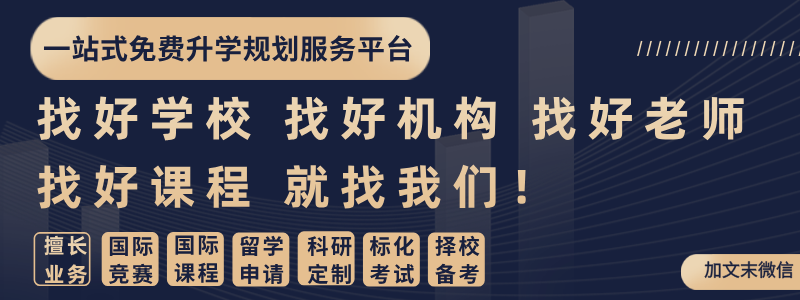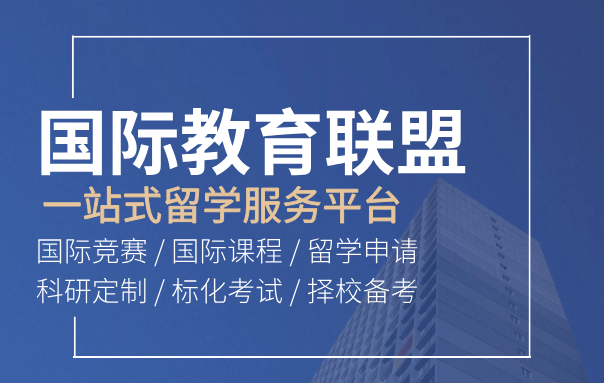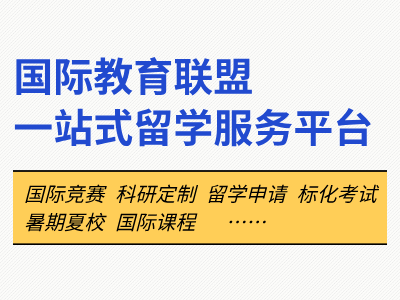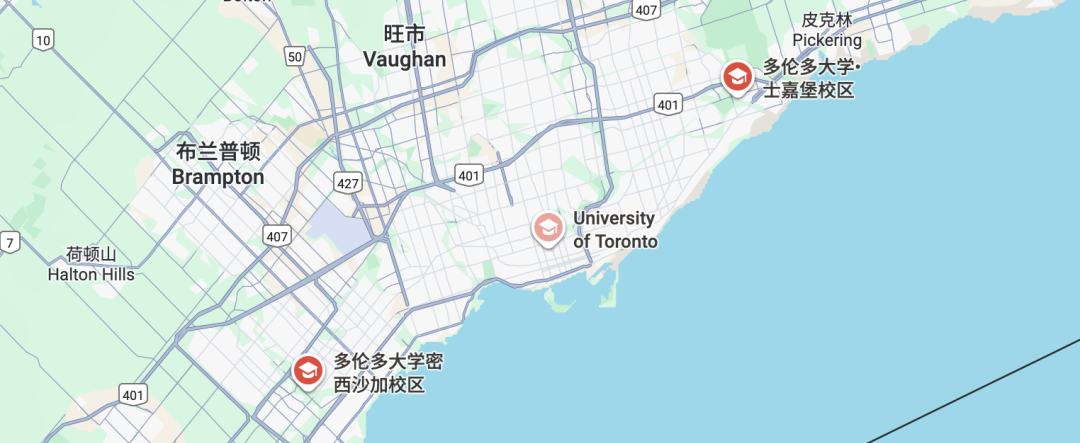昨天分享了IGCSE经济微观部分的核心概念(链接:干货:IGCSE经济核心定义(微观部分)),今天我们来看宏观部分。
IGCSE经济核心定义(宏观部分)
Aggregate Demand: Total Demand in the economy (expenditure + exports + investment + government spending)
Aggregate Supply: Total Supply in the economy.
Balanced Budget: Government income = government expenditure
Budget: Government income & government expenditure for a 1 year period.
Budget deficit: Government expenditure is greater than its income for that year.
Budget surplus: Government income is greater than its expenditure for that year.
Circular flow of income: Model showing the flow of money, factors of production & goods/services in the economy.
Direct taxes: Taxation on income and wealth (income tax, corporation tax, inheritance tax, capital gains tax).
Fiscal policy: Use of taxation and government spending to influence the economy.
Indirect taxes: Taxation on spending (VAT, excise duties, import taxes)
Interest Rates: Cost of borrowing or reward for saving money. Base rate set by the central bank. Commercial bank rates generally follow base rate changes but at a higher total rate.
Monetary policy: Use of interest rates or the money supply to influence the economy.
Progressive taxes: Usually implemented through direct taxes & take a higher % of income as tax from higher earners.
Regressive taxes: Usually associated with indirect taxes - taking a higher % of income from lower earners.
Taxation: form of income for the government through direct or indirect charges (taxes).
Consumer Price Index (CPI): very similar to the RPI - increasingly the measure of choice for Governments.
Cyclical unemployment: unemployment linked to the boom & bust cycles of the economy.
Frictional unemployment: unemployment associated with people that are between jobs.
Full employment: everybody who is willing and able to work is in employment.
Gross Domestic Product (GDP): Total value of goods and service produced in a country.
GDP per Capita: GDP divided by the population. Useful for comparing countries & reflects changes in population size.
Gross National Product (GNP): Total value of goods and services produced by a country, including foreign earnings but subtracting the earnings by foreign firms within the country.
GNP per Capita: GNP divided by the population.
Human Development Index: An indicie that takes into account socio-economic indicators. Always a number between 0 & 1, the closer to one the higher the level of development.
Net National Product (NNP): GNP minus the value of capital depreciation.
Real GDP: GDP with the effects of inflation removed.
Retail Price Index: weighted index showing price changes as a % for a hypothetical basket of goods.
Seasonal unemployment: unemployment that is linked to seasonal demand for labour (eg. fruit picking & tourist industry jobs).
Structural unemployment: unemployment as a result of the labour force lacking the skills demanded by the current industries.
Unemployment: members of the labour force that are willing and able to work and seeking employment.
Demography: The study of population.
Human Development Index (HDI): a measure of living standards which takes into account income, education and life expectancy.
Over-population: when there are not enough resources to support the population without a decline in living standards.
Primary industry: industries that extract raw materials (mining, fishing).
Population pyramids: chart that shows the age & sex structure of a countries population
Purchasing Power Parity (PPP): an exchange rate based on the ratio of the price of a basket of products in different countries.
Secondary industry: industries that manufacture or construct (factories, carpenters, builders).
Tertiary industry: Industries that provide a service (banking, teaching, fire service).
Under-population: when there could be population increase without a reduction in living standards.
Absolute advantage: When a country can make more than another country of a certain product with the same amount of labour.
Balance of payments: The sum of the current, financial & capital accounts which account for all trade & financial transactions for a country.
Comparative advantage: The relative advantage of producing a certain product to trade even if the country has an absolute disadvantage in it.
Current account: The account that records the visible & invisible trades of a country as well as government aid payments.
Embargo: A ban on the import of a product/products from a certain country.
Exchange rate: The value of one currency in relation to another currency.
Exports: Goods sent to another country in exchange for money.
Financial & capital accounts: the Governments accounts that record the movement of money in & out of the country (not for the sale of goods) & the sale of fixed assets.
Fixed exchange rate: when the value of a currency is pegged to (fixed to) another major currency such as the US dollar.
Floating exchange rate: is one in which the value of a currency fluctuates in response to supply and demand.
Imports: Goods brought into the country in exchange for money.
Internal trade: Trade within a country.
International trade: Trade between two or more countries
Protectionism: Methods of restricting imports and possibly increasing exports.
Quotas: Limits on the number of imports of certain products.
Subsidies: Money given to industries by the Government to attract them or make them more competitive.
Tariffs: Taxes placed on imports.










